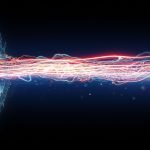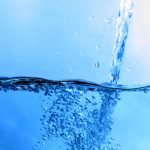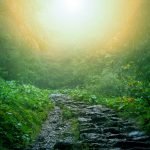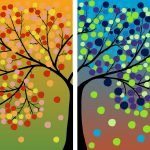Assessing and Treating Blockages to Healing
Restoring the Body’s Ability to Self-Heal, Auto-Regulate, and Adapt to Challenges
Mikhael Adams, BSc, ND
Helping the human body to heal is not complicated. Our body was imbued with the will to survive and to heal itself. Nonetheless, as practitioners of Nature Cure, it appears that we have drifted far away from the essence of Nature Cure in our attempt to compete with allopathic medicine and prove scientifically that natural remedies and approaches to health are equal, if not more effective, than conventional allopathic medical approaches to health. As a profession and as practitioners of Nature Cure, we need to get back to the concept that we should be looking for and treating the blockages that are preventing the body from being self-healing, auto-regulating, and able to adapt to challenges. Our therapies might better be directed at using natural remedies and approaches to not only palliate symptoms but also to facilitate the body’s own natural healing processes to overcome the blockages that prevent it from achieving these goals.
We need to remember that the symptoms and signs associated with a given disease or condition are signals that the body has encountered a blockage during its natural attempt to self-heal, auto-regulate, and adapt to challenges. While it may be necessary to temporarily palliate the symptom, we should ultimately be in alignment with our therapies to facilitate the body’s own natural healing processes. For example, in the treatment of the individual with asthma, we may need to use a steroidal inhaler to decrease the inflammation in order to prevent damage and scarring to the tissues, but we must also not neglect any underlying intestinal dysbiosis that may be contributing to inflammation within the mucous membranes. However, in this example a much bigger problem than the dysbiosis is the internal environment that supports the growth of the dysbiotic organisms. Just killing off pathogenic organisms is likely to temporarily reduce overall inflammation, but may also ultimately increase the toxic burden in the tissues as the dysbiosis returns. To effectively change an internal environment that supports imbalances, we must facilitate drainage of the emunctories (excretory organs), such as the lungs, bronchi, lymph, liver, and kidneys, thereby discharging the toxicity that is blocking the intracellular enzyme systems of the tissues. Only when the internal environment changes will a human strain of probiotics be able to implant on the mucous membranes and prevent dysbiosis from returning. This type of approach is in line with the natural healing processes of the body, helping it return to a self-healing, auto-regulating, and adaptable organism.
In industrialized countries today, we are potentially exposed to 80 000 to 100 000 industrial toxins, of which only 200 have been required to be tested for safety.1,2,3 It is known that many of these chemicals have the ability to interfere with normal functioning of the human body by blocking intracellular enzyme systems that facilitate normal cellular function and ultimately normal body functions. After more than 30 years of using auricular medicine to identify the blockages that prevent my patients’ bodies from self-healing, auto-regulating, and adapting to challenges, it became clear to me that my patients’ mental and emotional “baggage” was preventing effective elimination of these toxins and eventually promoting the blockages that led to their signs and symptoms of disease.
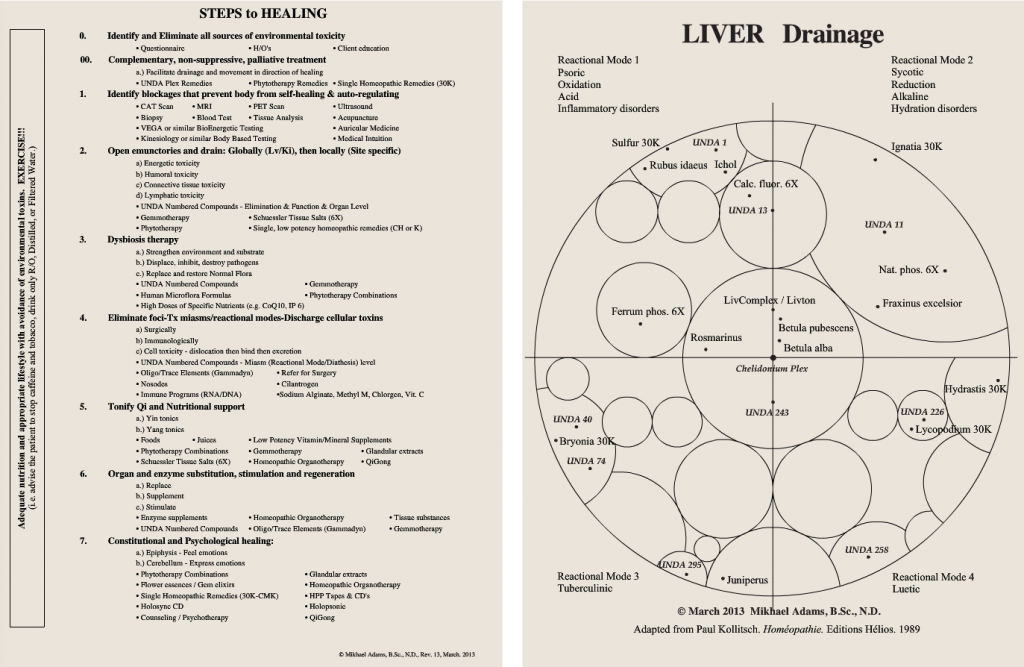
Steps to Healing
For 30 years I have been sharing these concepts with other health practitioners through a model called “Steps to Healing” (Figure 1). This model evolved over the years as I observed, using auricular medicine, how the body needed support to overcome the blockages that prevent it from being self-healing, auto-regulating, and able to adapt to challenges. Using auricular medicine, it has also been possible to find the most appropriate natural therapies to support the body in overcoming these blockages. By using the “Steps to Healing” model as a guide, many practitioners have enjoyed the same success with their patients that we have had in treating our own patients, with conditions ranging from recurring infections to autoimmune diseases and even cancer.
One of the first therapeutic steps in the “Steps to Healing” model is step number 2, which encourages global drainage of the body via the use of therapeutics that facilitate drainage of the emunctories, specifically the liver and kidneys. Since most therapeutics are not identified per se as liver or kidney drainers, it took many years to develop a list of the best therapeutics that could be used for this purpose. This list is sufficient, but not entirely exhaustive, for treating newborn to geriatric patients, with conditions ranging from simple recurring infections or allergies to autoimmune diseases and cancer. A healthy liver performs over 300 to 600 functions per second, while a healthy kidney performs over 50 functions per second; however, not everyone’s liver or kidneys function the same. No tests are available that can determine if the liver or kidneys are performing all of their functions. Therefore, the choice of liver and kidney therapeutics should also take into account the miasmatic level in which the liver and kidney are functioning. This circular model (Figure 2) was adapted from the biochemical work of Paul Kollitsch.4 If practitioners would only adopt this step when working with their patients, most of them would see a remarkable improvement in their patients’ symptoms and sense of well-being. It also enables the practitioner to properly identify a patient’s unique response to challenges on the physical and emotional levels.
In the second most therapeutic step, step number 4 of the “Steps to Healing,” we use a French technique called oligotherapy, developed by Jacques Ménétrier,5 after the work of Gabriel Bertrand on oligo-elements. Biocatalytic oligotherapy complexes or single oligo-elements are used to displace toxic materials that are bound to the intracellular enzyme cofactor receptor sites and prevent the proper enzyme cofactor from activating the intracellular enzyme. This effectively revives the cells and their functions, which restores, in turn, normal functioning and conditioned responses within the organs and tissues, in line with Nature Cure.
These two steps in the “Steps to Healing” constitute the essence of the French technique of “Drainage.” This is a much more sophisticated technique than the North American technique of detoxification in which there is sometimes a lack of regard for providing doorways through which toxic material can exit. Drainage is a 2-step process in which the emunctories are opened first and then the toxic accumulations are discharged, similar to opening a door prior to throwing out the garbage. This approach helps restore the body to a self-healing, auto-regulating, organism that will be able to adapt to challenges. The other steps in the “Steps to Healing” model will help to minimize healing reactions and symptoms as the body starts detoxifying, as well as to speed up and augment the healing process.
As “self-healing, auto regulating, and adaptability to challenges” are restored, mental and emotional blockages that have contributed to a patient’s temperament and constitutional picture will begin to emerge. At this point, we can address these underlying blockages through the use of homeopathic remedies and/or phytotherapy combinations, glandular extracts, counseling, and other therapeutics that work at the mental and emotional level.
Once the body is “self-healing, auto-regulating, and able to adapt to challenges,” the challenge is to keep the body in this state using only minimal supplementation. Over the last 30 years I have observed patients that returned year after year for a checkup and were able to maintain this healthy state as long as they remained on high-quality liver drainers. Nature Cure and healing is quite straightforward: find and correct the blockages, and the body heals itself. Do not just treat the symptoms. Remember that the symptoms and signs of a given disease or condition are only the point at which the body has encountered a blockage in its attempt to “self-heal, auto-regulate, and adapt to challenges.” If we remain committed to merely alleviating discomfort instead of placing our focus on the restoration of healthy function, we will miss witnessing the innate intelligence of the body to heal itself. Find and properly treat the blockages in the body, and it will self-heal, auto-regulate, and once again be able to adapt to challenges.
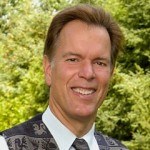 Mikhael Adams, BSc, ND is co-owner and a practicing naturopathic physician at the Renascent Integral Health Centre, 54 Main St. East, Milton, Ontario, L9T 1N3, CANADA, 905/878-9994, FAX 905/878-9821, email: [email protected]. He received his Doctor of Naturopathic Medicine degree from the National College of Naturopathic Medicine in 1981 and uses auricular medicine as his primary assessment tool along with standard medical testing and homeopathy and the new European biotherapeutics as therapeutic tools.
Mikhael Adams, BSc, ND is co-owner and a practicing naturopathic physician at the Renascent Integral Health Centre, 54 Main St. East, Milton, Ontario, L9T 1N3, CANADA, 905/878-9994, FAX 905/878-9821, email: [email protected]. He received his Doctor of Naturopathic Medicine degree from the National College of Naturopathic Medicine in 1981 and uses auricular medicine as his primary assessment tool along with standard medical testing and homeopathy and the new European biotherapeutics as therapeutic tools.
References
- Centers for Disease Control and Prevention. National Report on Human Exposure to Environmental Chemicals. Frequently Asked Questions. Updated March 27, 2013. CDC Web site. http://www.cdc.gov/exposurereport/faq.html. Accessed March 29, 2013.
- European Environmental Bureau. Industry & Health: Chemicals. European Environmental Bureau Web site. http://www.eeb.org/index.cfm/activities/industry-health/chemicals/. Accessed March 29, 2013.
- Aging Initiative. Statement of Lisa P. Jackson Administrator, U.S. Environmental Protection Agency Legislative Hearing on the Toxic Substances Control Act (TSCA) Senate Committee on Environment and Public Works. December 2, 2009. http://www.epa.gov/agingepa/press/epanews/2009/2009_1202_2.htm. Accessed March 29, 2013.
- Kollitsch, P. Homéopathie, Matière Médicale, Thérapeutique. Genève, Suisse: Editions Hélios; 1989.
- Ménétrier, J. La médecine fonctionnelle: les diathèses; symptômes, diagnostic et thérapeutique catalytique. Paris, France: Le François; 1958.


